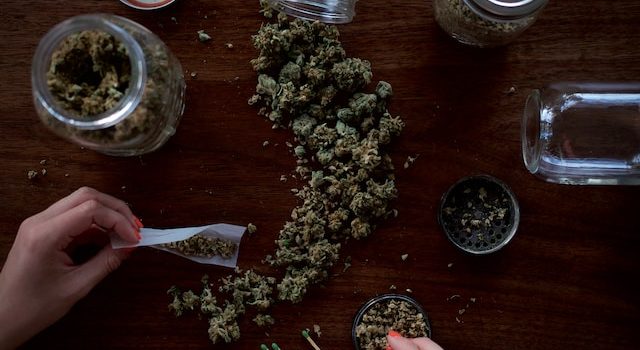
Marijuana, also known as weed or cannabis, has long been associated with its potential to induce relaxation and aid in sleep. As the conversation around marijuana’s medicinal benefits grows, there is a need to explore the scientific understanding behind its sleep-inducing properties. This article delves into the relationship between weed and sleep, examining the research, anecdotal evidence, and potential mechanisms at play.
The Interaction with the Endocannabinoid System: The human body possesses an endocannabinoid system, which plays a role in regulating various physiological functions, including sleep. Marijuana’s compounds, specifically tetrahydrocannabinol (THC) and cannabidiol (CBD), interact with the receptors in this system, potentially influencing sleep patterns.
THC: The Sleep-Promoting Compound: THC, the primary psychoactive component of marijuana, is known for its sedative effects. Studies have shown that THC can decrease the time it takes to fall asleep and increase total sleep time. It interacts with receptors in the brain, promoting relaxation and sedation. However, higher doses of THC may disrupt the sleep cycle, leading to a decrease in REM sleep, which is essential for restorative rest.
CBD: Calming the Mind and Body: CBD, a non-intoxicating compound in marijuana, has gained attention for its potential calming properties. While limited research directly focuses on CBD’s impact on sleep, it may help individuals achieve a relaxed state, reducing anxiety and improving sleep quality. CBD’s interaction with receptors in the endocannabinoid system, as well as its influence on serotonin receptors, may contribute to its potential sleep benefits.
Strain Types and Terpenes: Different strains of marijuana contain varying ratios of THC and CBD, which can affect the sleep experience. Indica strains, often associated with relaxation, tend to have higher levels of CBD, while sativa strains, known for their energizing effects, have higher THC concentrations. The presence of specific terpenes, aromatic compounds found in marijuana, may also contribute to sleep-inducing properties.
Individual Variability and Dosage: The effects of marijuana on sleep can vary widely among individuals. Factors such as personal physiology, tolerance, metabolism, and the method of consumption all influence the experience. Finding the right dosage and strain type that suits an individual’s needs and preferences is crucial.
Potential Risks and Considerations: While marijuana may hold potential as a sleep aid, it is essential to consider potential risks and side effects. Regular THC use can lead to dependence, withdrawal symptoms, and cognitive impairments. It may also interfere with the natural sleep cycle, impacting sleep quality over time. Responsible use, moderation, and adherence to legal regulations are imperative.
Complementary Sleep Practices: Incorporating marijuana into a comprehensive approach to sleep is important. Practicing good sleep hygiene, such as maintaining a consistent sleep schedule, creating a conducive sleep environment, and engaging in relaxation techniques, can enhance the overall sleep experience. It is also essential to address any underlying causes of sleep disturbances, such as stress or medical conditions.
Conclusion: The relationship between marijuana and sleep is a complex and evolving topic. While marijuana, particularly THC and CBD, has shown potential sleep-inducing properties, individual responses can vary. Finding the right strain, dosage, and consumption method is key. Responsible use, adherence to legal regulations, and a comprehensive approach that includes healthy sleep practices contribute to optimizing sleep quality. As scientific research continues to advance, a better understanding of marijuana’s effects on sleep will emerge, guiding individuals toward informed choices regarding weed as a sleep aid.










